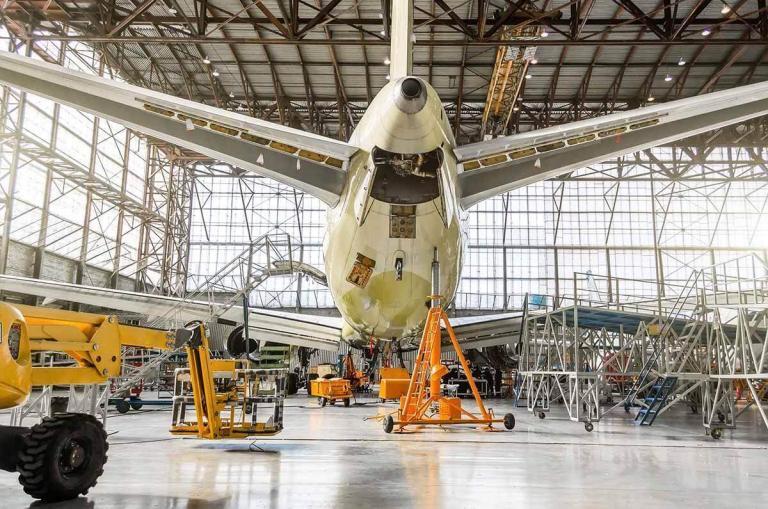The concept of automation and digitization of everything is now a reality. With the rapid adoption of digital technologies, organizations are transforming not only their structures, but also their workforce capabilities. Manufacturers are making substantial investments in new technologies such as artificial intelligence, 3d printing, and industrial robots, and enabling completely automated and digital manufacturing capabilities to improve the overall manufacturing processes.
The concept of Industry 4.0 revolves around productivity, seamless communication of data, automated workflow, and digitization of manufacturing processes including product and service offerings. Organizations that leverage these capabilities will be able to adapt and cater to the changing market demand and offer new product and service experiences to customers.
In today’s world, disruption is not only limited to technology, products, and services, but also happening around the workforce and their capabilities. In the era of digitization, this disruption can be termed as Workforce 4.0. It requires manufacturers to invest in talent possessing cognitive abilities, certain skills, and technical aptitude, complemented with problem-solving aptitudes and proficient resource management. (Source: Ddiworld.com)
But the question is: How is this ongoing trend impacting the global workforce? How does a manufacturer create a better and faster workforce?
The growing automation needs and demand for digitization are changing the nature of work and putting pressure on the present workforce. Manufacturers are in great need to reinvent themselves in terms of workforce and prepare them for more value-added responsibilities. Manufacturers now are investing in acquiring tech-savvy talent and upskilling the existing faculty to be able to leverage the new technology and adapt to its implications.
With integration of the Internet of Things (IoT), it is imperative for companies to reassess their talent and restructure their recruitment processes and strategies for the evolving job skills requirement. Rapid industrialization necessitates workers to imbibe the skillsets required in the era of manufacturing 4.0 quickly.
- Emphasis on Quality, not the Cost of Talent: The needs of the production workforce are changing and talent acquisition must be based on attributes that are aligned with critical business strategies and drive the organization to higher levels of performance. Emphasis on quality rather than cost of recruitment helps organizations identify high-potential workers with elusive technical skills that help in accelerating the time to productivity.
- Engaging in Efficient Workplace Interactions: From time to time, leader employee interactions along with team meetings and discussions regarding day-to-day operations not only enhance the self-esteem of employees, but also encourage their involvement in processes and strengthen team capabilities.
However, every disruption brings with it some challenges.
While advances in technology can open up a number of opportunities for various functions, increase in automation will make a lot of jobs redundant. This is primarily because increased levels of automation are capable of handling complicated and physically demanding work, replacing the jobs of people working on this front for decades. While new levels of automation do increase productivity and growth, from an employment perspective, this trend is impacting employment rates massively. The advent of Industry 4.0 and its benefits also marks the beginning of structural changes in terms of socio-economic perspectives in the world of employment. Manufacturers are needed to strike a perfect balance between highly skilled workers and social security implications.
Many economies that have witnessed the massive adoption of advanced manufacturing techniques have recorded new levels of efficiency, productivity, and growth in spite of having limited human jobs. This new automation-enabled wealth is increasingly being considered by some countries, including Germany, to provide subsidies, basic unemployment insurance, and unconditional basic monthly income to their citizens. However, not all countries are open to such a transition.
Keeping technology and automation in mind, many companies have started employee training programs to prepare their workforce for the digital world. Many such digital training programs have also been introduced in schools and vocational educational institutions to develop the required skills that the automation world demands.
Given the ongoing technology transformation, the future of manufacturing workforce looks exciting. Adoption of these new workforce management technologies, supported by workers’ unique characteristics—such as creativity and empathy—will certainly provide a business advantage to companies. However, the important question here is how our business leaders will approach this technology transformation and take a lead in the adoption of these innovative tools. This will redefine and reinvent the workplace for tomorrow.




